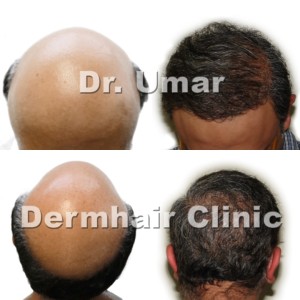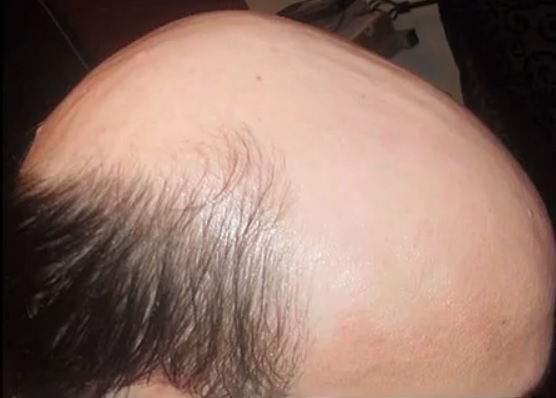A full head of thick hair sans bald spots is one of the signs of youth and vitality. When hair loss and thinning occur, whether temporary or permanent, people can experience diminished self-confidence, negative self-esteem and an array of other emotional issues. If you experience hair loss, you must first understand the underlying cause or causes of hair loss. BMI and causes for severe hair loss in men are usually interrelated, or it can be stress, lifestyle choices and other non-genetic issues that cause hair loss. However, the majority of males with hair loss have pattern baldness.
Different factors contribute to hair loss in men and women. Appearances of hair loss also differ. Women’s hair tends to thin over the entire head while men’s hair loss follows a distinctive pattern. Men usually lose hair based solely on genetics and women usually experience permanently due to aging and hormonal imbalance, and temporary hair loss due to psychological factors. The most common factor in hair loss for men and women is pattern baldness.
BMI AND CAUSES FOR SEVERE HAIR LOSS IN MEN
Researchers in Taiwan reviewed charts and photographs of 189 men with a clinical diagnosis of androgenetic alopecia and 30.8-year-old mean age.
- Mean BMI for patients was 23.7 kg/m2
- Twenty-three men (12.2 percent) were obese
- Fifty-three men (28 percent) were overweight
- Male-pattern baldness in 142 men (75.1 percent)
Men with more severe male pattern baldness had a greater BMI compared with men with mild-to-moderate male pattern baldness. While BMI and causes for severe hair loss in men still needs more research, you can still seek surgical hair restoration options.
NONSURGICAL AND SURGICAL HAIR RESTORATION TREATMENTS
Once you’re assessed for the cause of hair loss, hair treatments range from dietary changes and lifestyle adjustments to medications and surgery. BMI and causes for severe hair loss in men can be addressed with weight loss and a healthier lifestyle, though a specialist can assist with other options. It is best to first consult with a medical professional for substantial hair loss, with the following options for course of action:
- Hair transplant
- Rogaine (minoxidil)
- Propecia (finasteride)
For a follicular unit (FUE) hair transplant, the procedure removes viable hair (grafts) from where still present (donor area). It then entails replacing grafts where the patient lacks hair (the recipient area). This latest innovation in hair transplantation surgery is gaining in popularity due to its reduction in scarring, patient downtime and aesthetically superior results.

Dr. Umar’s advanced method of follicular unit extraction (FUE) — the uGraft, also known as the Umar Procedure — along with body to hair transplant (BHT), produces superior results and you more options to have full hair restoration. Make an appointment today for your hair replacement options.

